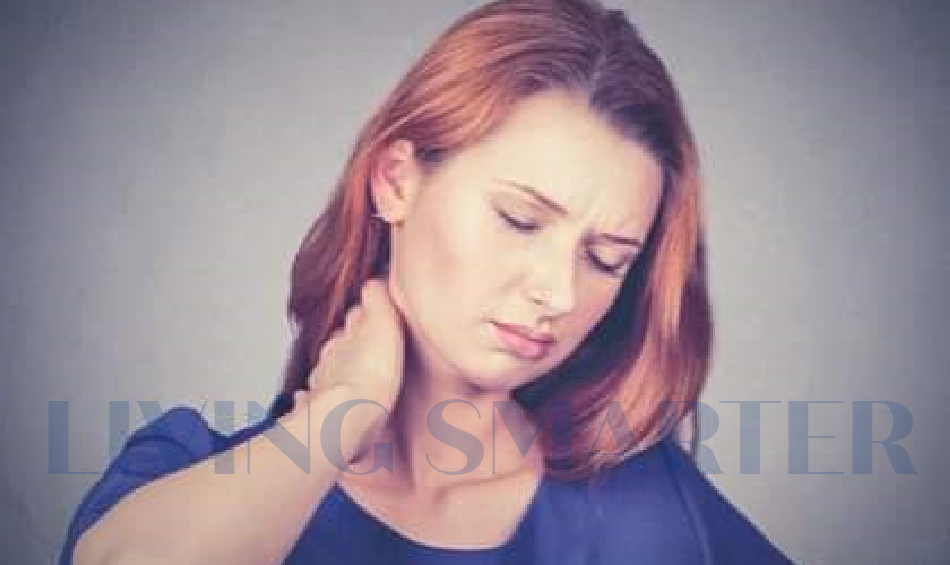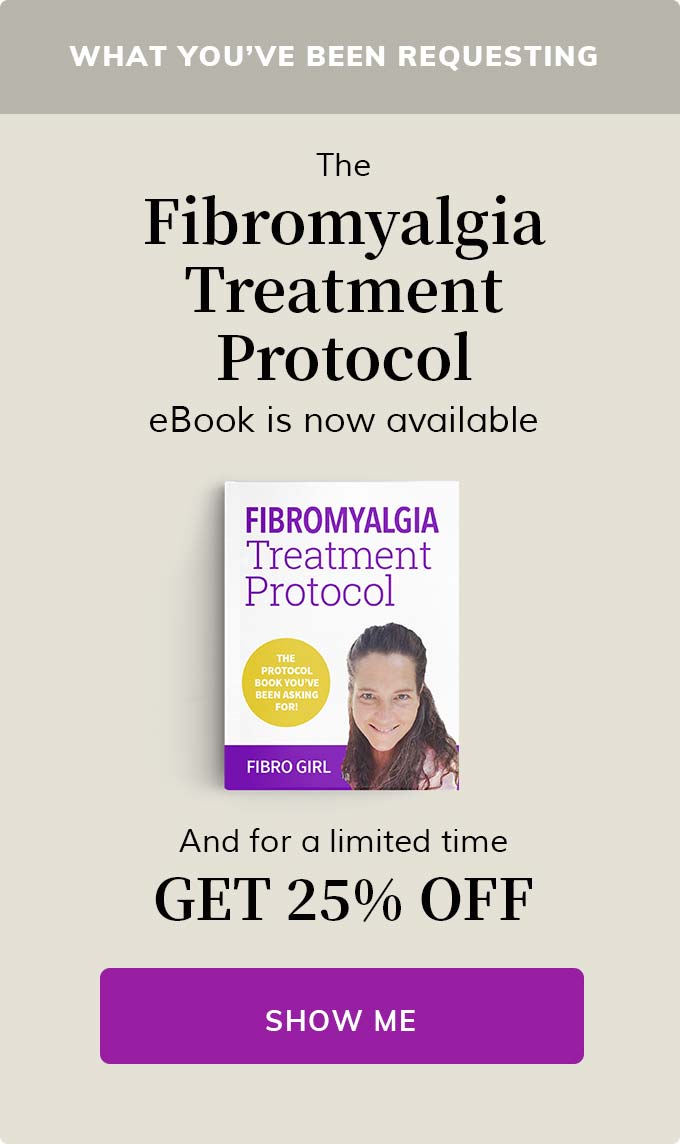Fibromyalgia Symptoms in the
Soft Tissue Areas of the Body

One of the more unique areas in Fibromyalgia is the presence of tender areas around the fibro body.
This represents itself in the soft tissue, and some areas are just more vulnerable to this, including the neck, head, upper trapezius area, arms, lower back, and knees.
If you ever watch my interactive videos, this is one topic I often address because it is more unique to fibromyalgia. There are many pain conditions, and fibromyalgia is often misdiagnosed for that reason.
I still believe in more of the old school ways of diagnosing fibromyalgia. We need more accuracy.
There are many articles floating around the internet on fibromyalgia that simply are not accurate, from what fibromyalgia is, to the various treatments.
Fibromyalgia and Soft Tissue Pain Symptoms
Soft tissue pain is why many people with fibromyalgia report feeling like they've been beat up or run over by and eighteen wheeler, day after day.
Soft tissue pain occurs around the tender areas of the body. Imagine a piece of meat getting ready to be seasoned and tenderized. Well, not that you are a piece of meat, but then again, aren't you?
Think about all of the layers underneath your skin. There is fascia, muscle, tendon, ligament, fat, bone, etc.
The soft tissue (nearest to the skin) can become our last line of defense, if you will. It is vulnerable to stress, tension, muscle tightness, and any kind of trauma.
Tender soft tissue areas don't radiate pain like trigger points do, but that is another unique thing about fibromyalgia, I like to say that both tender points and trigger points often "interplay" with each other.
The above paragraph includes a link to our tender points article, but here are some common areas that are affected by tender areas and subsequent soft tissue pain:
- Back of the head
- Sides of head
- Occipital points lower head, upper neck area
- Front, sides, and back of neck
- Upper trapezius area
- Arms, elbows
- Forearms
- Legs
- Front, sides, and back of knees
- Lower back
How can we manage soft tissue areas better?
Treating soft tissue of the body isn't a one size fits all approach.
This is one of the hallmarks of fibromyalgia. If you have soft tissue pain, you know that sometimes getting too intensive can make it worse.
That is why people complain about getting hurt by body workers, massage therapists, or chiropractors.
Many people have good intentions about helping, but before you allow someone to work with you, be very discerning about their knowledge regarding fibromyalgia.
As a practitioner specializing in fibromyalgia and its primary co-conditions, this is what I do, and living with it for a long time, I get it from various angles.
I want to prevent you from getting hurt, defeated, and let down once again.
Stress levels, posture, lifestyle, sleep, etc. will all affect soft tissue pain.
- Circulation Therapy
- Light Massage
- Sleeping Patterns
- Overcompensation due to stress or injury
Circulation Therapy
One of our favorite ways to increase circulation while also decreasing pain of soft tissue areas in Fibromyalgia, is to use circulation therapy. This is simply alternating hot and cold compresses on these areas.
There is a tendency among some people with fibromyalgia to only use hot or warm therapy, but using both hot and cold, 3-4 times, back and forth and then ending with whatever temperature you like is often well tolerated.
You might often hear 20 minutes , but with fibromyalgia, I have always recommended more like 5 minutes for each. 5 minutes cold, 5 minutes hot (or warm) back and forth. Really get that circulation going.
(if it is cold outside, end with warm, if it is warmer outside, end with cold)
By the way, I don't recommend cold bath for most people with fibromyalgia unless they tolerate it and they are certain it works for them.
Using cold therapy exclusively can be good in itself but because many with fibromyalgia also have endocrine issues, we need to be careful.
If you were to do a cold bath, and you have poor circulation in your feet, you would not want your feet in the extreme cold, so it would be better to have only the body, and not the extremities (hands and feet) in the cold water.
Light Massage
I've had many a massage therapist over the last 30 years, as I started getting massage therapy in my early thirties after a car accident.
You probably have tried some, and maybe you have one you like. But for many with fibromyalgia, finding a good massage therapist is not always easy.
Can soft tissue pain respond to massage? Yes, it can but the key word is light.
Remember what I said at the top of this article, that tender areas and trigger point areas often "interplay" ?
A therapist will have a tendency to want to go deeper into some areas without first assessing, is this a tender area or trigger point area?
I prefer that they "hold" on an area rather than long strokes, it is more effective and that is where you can train your therapist to work with you. The "hold" itself doesn't have to be intense.
Don't worry, if you have ever missed my video interactives where I talk about this, we will be revisiting this topic again.
Sleeping Patterns
The right pillow, the right mattress, the right sleeping position.
Sometimes it can seem overwhelming. With fibromyalgia there are many variables.
Pillows are very individual. If you're like me, you've probably tried them all. You see a new one in your newsfeed, and you have to try it, only to find it end up in the trash or donated.
I find many with fibromyalgia (and those without fibro) tend to have issues with natural curvature of the neck. If you haven't seen our videos on the Lumia Wellness neck support (restoring natural curvature to the neck) visit our neck pain article here.
Overcompensation due to stress or injury
Anytime we have stress or injury, it is easy to overcompensate.
Do you find yourself holding tension around the tender areas of the neck too often due to stress, tension, or social anxiety?
The same with injuries, I remember when I hurt my knee a few years back, I was putting too much tension on my upper body trying to avoid putting weight on my lower body. (in that case, using crutches in a good idea)
Posture is also important. I look at both upper body and lower body posture.
I have a sign in my kitchen reminding me to be aware of my lower body posture because how often do we find ourselves putting more weight on one hip or leg while doing dishes, cutting vegetables or while standing.
Related Articles:
Fibromyalgia Tender Points
Before you leave, my sitemap can provide you with a "God's-eye" view of this website laid out in "outline format".
Stay connected by using the contact form below.
Didn't find what you were looking for? Search for it:
living-smarter-with-fibromyalgia.com
©2013-2025 All Rights Reserved
FibroFitPeople, LLC ;©2025 All Rights Reserved









